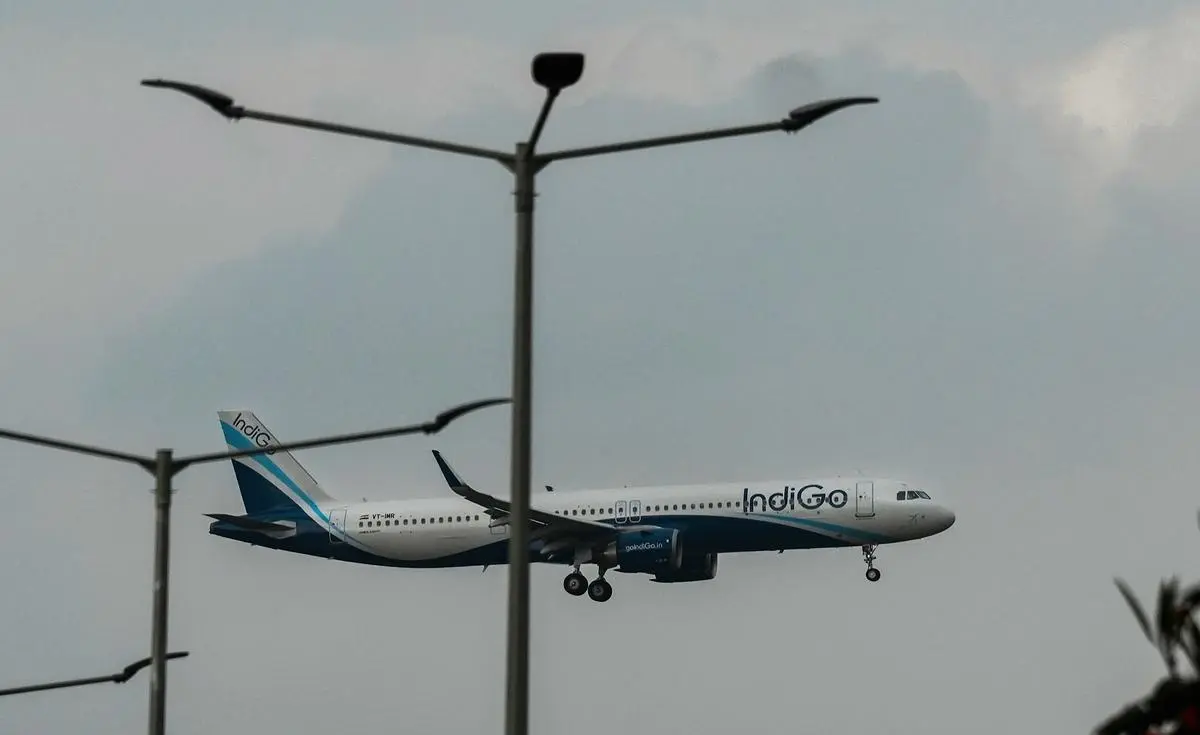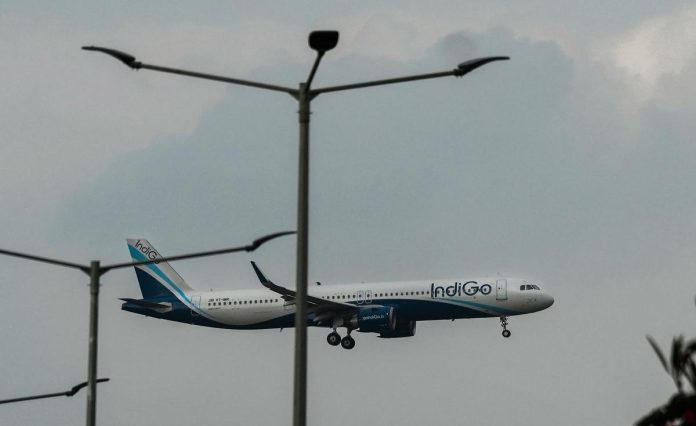

It is a new high for Indian airlines. On November 27, Indian carriers carried almost 4.10 lakh passengers, which was close to 96.39 per cent of pre-Covid high levels. This is the second day in a row since the daily air passenger numbers soared above 4 lakh. On Saturday, too, air passenger numbers crossed the 4 lakh mark. The previous high since the onset of Covid pandemic in 2019 was recorded on April 17, 2022, at 407,975 passengers.
In terms of departures, on Sunday, over 2,739 flights took off, 87.4 per cent of the approved winter schedule, whereas on Saturday, carriers flew 2767 flights at about 88.29 per cent of approved schedule. Post-Covid, the highest flight count since the onset of the pandemic was recorded on June 12, 2022, at 2,882 flights. In 2019, nearly 2,900 daily flight departures were recorded.
On November 27, just like on Saturday, airlines flew fewer flights than April, when the passenger traffic peaked over 4 lakh prior to this. This means that the passenger load factor was higher on Saturday compared to April. This clearly means that most of the flight have been nearly full.
GoFirst’s flights were 96.7 per cent full, followed by SpiceJet’s passenger load factor 95.4 per cent. Tata Group’s airlines, too, carried flights filled towards the north of 90 per cent. Air India carried 95.2 per cent full flights, Vistara 92.2 per cent and Air Aisa India carried 92.3 per cent full flights. IndiGo’s PLF was the lowest at 89.9 per cent.
It is worthy to note that tue Ministry of Civil Aviation has not indicated Akasa’s load factor; however, the total air passenger numbers are likely to include Akasa.
Data from April revealed that PLF that SpiceJet had the highest load factor followed by GoFirst, Air India, IndiGo, Vistara and Air Asia India. IndiGo reported a load factor of 88.2 per cent, Air India’s load factor was 89.7 per cent, Spice Jet at 93.7 per cent, Go First at 90.4 per cent), Vistara at 87.2 per cent) and Air Asia India of 87.1 per cent, according to the Aviation Ministry data.
According to Directorate General of Civil Aviation (DGCA) data for October domestic air traffic rose by 60 per cent growth annually 26.95 per cent on a monthly basis. However, it is yet to cross pre-Covid levels. The air traffic in October 2019 domestic airlines flew 123.16 lakh passengers.
In a recent report, A quick recovery in domestic passenger traffic is expected in FY2023, aided by normalcy in operations and the waning pandemic. However, the earnings recovery for domestic airlines will be slow-paced due to elevated ATF prices in addition to the rupee depreciation against the US$ amid a heightened competitive environment.”
In a recent report, Suprio Banerjee, Vice President & Sector Head, Corporate Ratings, ICRA, explained that the domestic aviation industry continues to witness recovery, with domestic passenger traffic for October 2022 estimated at 114 lakh, 10 per cent higher compared to 103 lakh in September 2022 and 26 per cent higher in comparison to the domestic passenger traffic in October 2021, although it fell short by 8 per cent, compared to pre-Covid levels i.e., September 2019. For 7M FY2023 (April-October 2022), domestic passenger traffic is estimated at 740 lakh, a YoY growth of 91 per cent, and lower by 11 per cent compared to April-October 2019 (pre-covid levels).
SHARE
- Copy link
- Telegram
Published on November 28, 2022
el.parentNode == parent) if (filtered_divs[1]) { var newElement = document.createElement(‘div’); newElement.id = slotName; newElement.setAttribute(“class”, “dfp-ad element no-border hide-system”); filtered_divs[1].parentNode.insertBefore(newElement, filtered_divs[1].nextSibling) } } catch (err) { console.log(“ad error”) }googletag.cmd.push(function() { googletag.display(‘div-gpt-ad-1660731707267-0’); }); }}); ]]>
el.parentNode == parent) if (filtered_divs[4]) { var newElement = document.createElement(‘div’); newElement.id = slotName; newElement.setAttribute(“class”, “dfp-ad element bill-board-ad no-border py-2 mb-3 hide-mobile text-center”); filtered_divs[4].parentNode.insertBefore(newElement, filtered_divs[4].nextSibling) } } catch (err) { console.log(“ad error”) }googletag.cmd.push(function() { googletag.display(‘div-gpt-ad-1660731171391-0’); }); }}); ]]>
el.parentNode == parent) if (filtered_divs[4]) { var newElement = document.createElement(‘div’); newElement.id = slotName; newElement.setAttribute(“class”, “dfp-ad element no-border hide-system text-center”); filtered_divs[4].parentNode.insertBefore(newElement, filtered_divs[4].nextSibling) } } catch (err) { console.log(“ad error”) }googletag.cmd.push(function() { googletag.display(‘div-gpt-ad-1660731946557-0’); }); }}); ]]>

